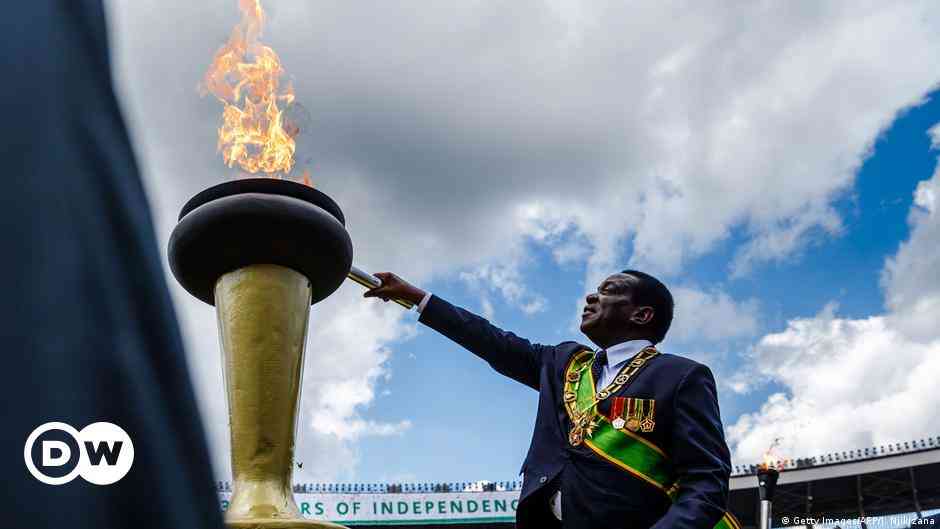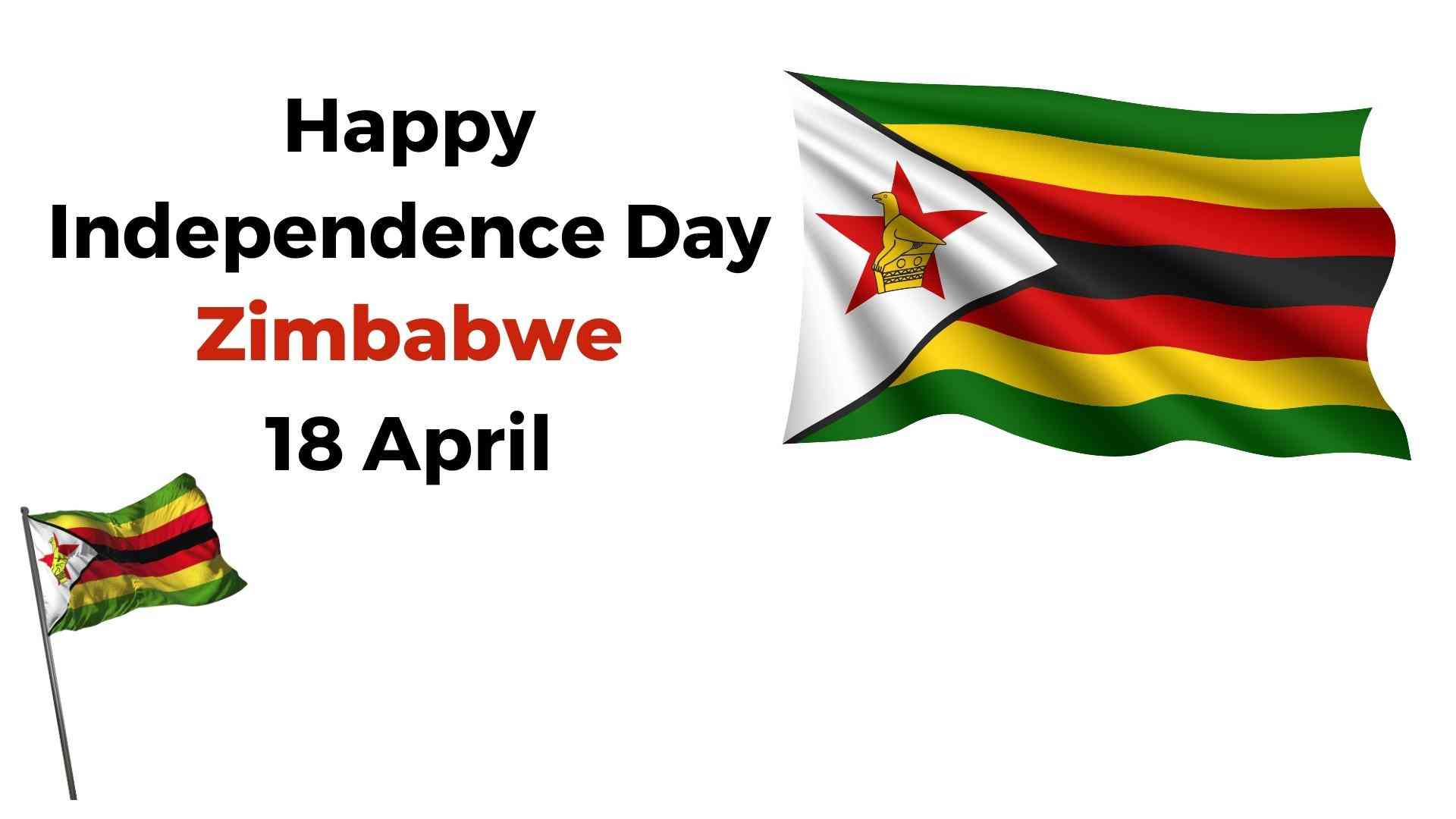
President Robert Mugabe has always said he did not wish to live office because his Zanu PF party would disintegrate without him.
FROM THE EDITOR NEVANJI MADANHIRE
Various interpreters of this stance pointed to what they said amounted to hubris. Here was a leader who saw himself almost as a god who thinks nothing can happen without him.
But it seems he knew something everybody else didn’t, that is until the Youth League and Women’s League congresses this month when the amount of rot in the party came into the open.
It is now patently clear there cannot be a Zanu PF without Mugabe and this has been very bad for the party and for country.
The infighting in the party began a long time; it can be argued it began at the very inception of the party in 1963 when some revolutionary cadres broke away from Zapu led by Joshua Nkomo. That break-up of Zapu was not only acrimonious, but defined the modus operandi that Zanu PF would apply forever afterwards faced with divisions within it — the Masipula Sithole-defined struggles within the struggle.
It’s like this: Whenever there is deep disagreement on an issue, the way forward is not to build bridges, but to break away.
The history of Zanu PF is replete with examples of this.
- Chamisa under fire over US$120K donation
- Mavhunga puts DeMbare into Chibuku quarterfinals
- Pension funds bet on Cabora Bassa oilfields
- Councils defy govt fire tender directive
Keep Reading
In the early 1970s when there was disagreement on the chairmanship of the Dare Rechimurenga, this was when Nathan Shamuyarira challenged Herbert Chitepo for the post and lost, he broke away with a handful others to form Florizi.
When disagreements emerged between Ndabaningi Sithole and the other leaders of Zanu, there was a break-up leaving Sithole to cling to the name Zanu while Robert Mugabe and others also had their Zanu. This was much like what has happened to the MDC since 2005; any major disagreement has been followed by a split.
In 2005, the MDC splintered because they could not agree on whether to contest an election or not. This year, the party splintered further when they couldn’t agree on leadership renewal.
This propensity to splinter is the curse of Zimbabwean politics. There is no effort at all to bring disagreeing parties to the round table.
For all intents and purposes, Zanu PF is a splintered party only held together by an individual — Robert Mugabe.
One only has to look at the fraud, slander and character assassination that went with the congresses named above to see how deeply divided the party is.
That is where Mugabe takes part of the blame for what has happened to his party. In trying to hold it together single-handedly, he has achieved a counter result.
In the past 34 years, during which period he clearly knew the forces at work in his party, no known efforts on his part were made to build consensus. Instead, what is clearly evident has been that he played potential leaders against each other to his own benefit, but to the detriment of the party’s future.
Future leaders were either demoted or pushed to the periphery of party politics instead of bringing them into the open and encouraging them to put their cards on the table.
As a result, ambition festered within the breasts of the Young Turks and they went underground and built factions.
For years, Zanu PF has unbelievably denied the existence of these factions saying they were a creation of the media. Senior officials in the party sometimes even threatened to sue various media houses claiming they were defaming them by alleging they belong to factions.
This is the same game that played out in the MDC, but unfortunately Tsvangirai is a lesser mortal than Mugabe. Whereas Mugabe has managed to keep his party together since 1977 when he took over, Tsvangirai fell on the first hurdle in 2005.
But the solution can only lie in succession planning. This dictates that once a person takes over a position of leadership, he/she should immediately put in place a succession plan.
The plan needs not have names initially, but it should spell out clearly what criteria would be used to choose the next leader. It is this checklist that should guide potential successors.
Mugabe often reminds his people that he never campaigned for office but was instead approached by people to lead them. This means he had the qualities that the followers wished for in a leader.
Whether these were written down or intuitive is not important. What is important is that Mugabe himself was given the chance to display his bona fides for all to see.
What has happened in Zanu PF and the MDC has been that other leaders have been denied the chance to shine, leaving them seething with frustration. It is this frustration that is coming to the fore in a very destructive manner. It threatens to destroy not only the respective parties but the country as a whole.
When a ruling party is engaged in serious infighting, government business suffers as a consequence. We have seen this play out in the country. Ministers spend most of their time in clandestine meetings in the middle of the night strategising on how to outmanoeuvre each other instead of on how to run the country.
But there is time yet for Mugabe to repair the damage. Is the infighting in Zanu PF ideological, or is it merely about personalities?
The trick is to go back to the drawing table and redefine the values that must guide the party and the country. Those values constitute the ideology and they will instruct who should take over the leadership baton.
The compromise used to suppress emotions at the Women’s League congress is not helpful in the long term. Compromise doesn’t push any agenda forward, but simply postpones the problem.











